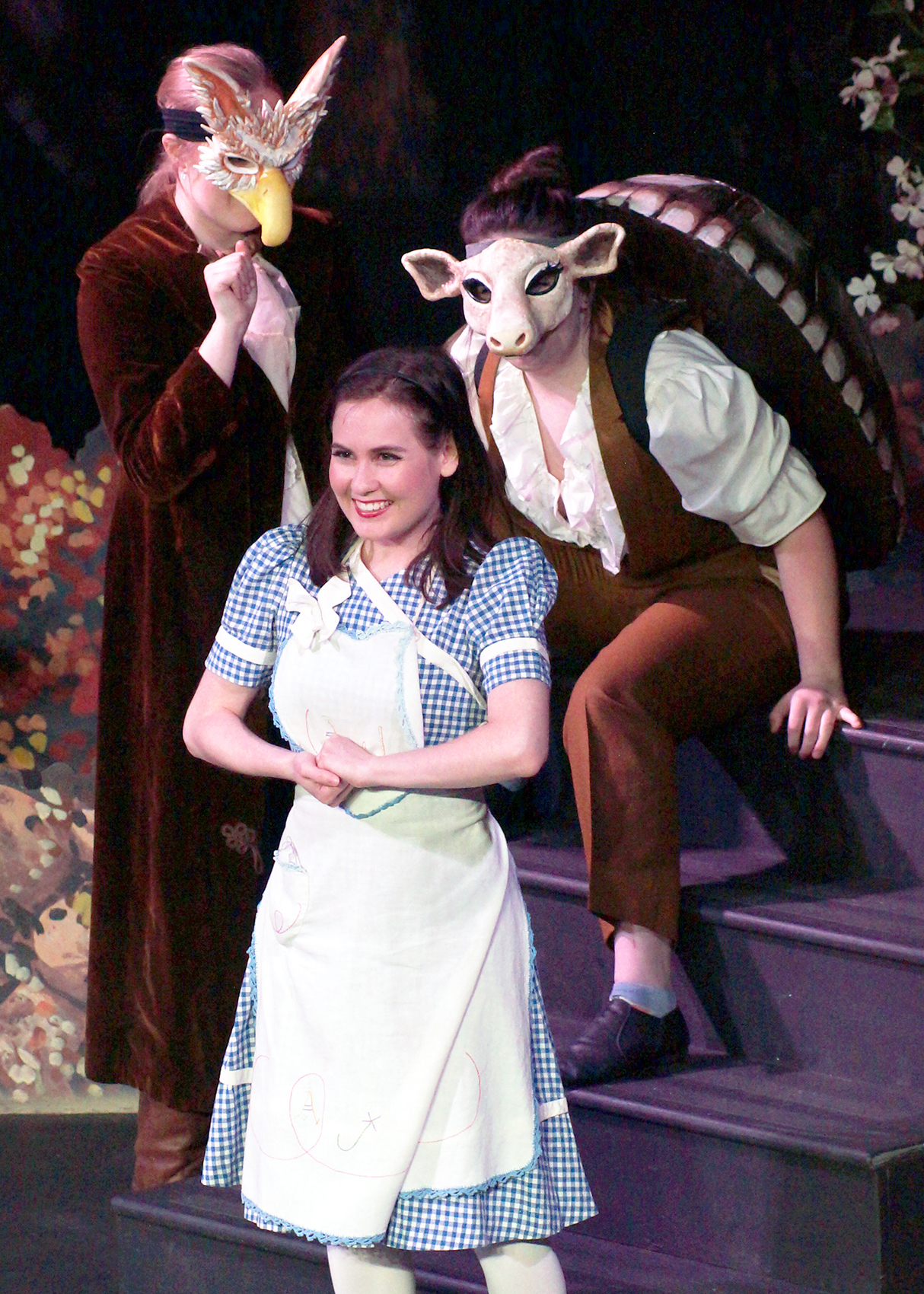
When it first opened, the Matthews hosted stage plays, operas, and other live performances. When competition from the new “talkies” theater in town grew, the Opera House transitioned into a community space for meetings, athletics, and storage. During World War II, the Spearfish icon was used to roll parachutes and served as a shooting gallery. Clearly, the Matthews is no stranger to change. In seeing what was needed in the community in 1998, the Matthews merged with the Spearfish Area Council for the Arts and Humanities to expand its organizational reach and develop a new awareness of the organization as a community resource.
Although its uses have always been vast, the Opera House went through periods of neglect and needed major restoration both organizationally and physically. Refurbishing projects were initially led by students from Black Hills State College (now Black Hills State University), a school just a mile and a half away from the Matthews. By 2006, the restoration of its building was complete, thanks to the Spearfish Downtown Association’s formation of the non-profit Matthews Opera House Society.

Today, over 100 years after its grand opening, the Matthews still responds to the needs of its community. The current direction of the Spearfish landmark is to change its name from “The Matthews Opera House and Art Center” to simply “The Matthews” to showcase its extensive offerings and its role as more than a theater. Another key focus for the Matthews today is ensuring that diversity and inclusion are at the forefront of its mission.
“We do our best to curate performers, musicians, visual artists, educators, teachers, thinkers, and creatives who are of different nationalities, ethnicities, and social constructs for our community so that our patrons have the opportunity to widen the lens of their own belief systems and consider, even celebrate, others,” said Executive Director Darren Granaas.
The Matthews persists in being an institution where all feel welcome and works to expand the belief that the arts are for everyone, and everyone is an artist. Granaas says the Matthews strives to “provide tools and opportunities for all to make deep-rooted connections within themselves and others to foster positive change and understanding.”
The Matthews also houses ‘The Matthews Art Gallery’ where it highlights the visual art created exclusively by Black Hills artists. Beyond showcasing local artists, the Matthews expands access to and participation in diverse art programming through community outreach programs.
“The cultural hub of Spearfish” shares its world of art, creativity, and expression through residencies for artists to work with a local residential youth facility and a local center that supports individuals with developmental disabilities, as well as in classrooms, community art projects, and its own Young Actors Guild.
“An educated populace that is open to other systems of thought and points of view, and one that is willing to embrace change and celebrate the planet’s diversity in all of its forms, is a much healthier one,” said Granaas. “We cannot move forward as a species by leaving anyone behind.”
In a town with only 17% of the population under the age of 18 (7% less than the South Dakota average), the art community understands the importance of serving youth. The Matthews hosts more than 30 free youth art programs annually. In 2019, they cast 40 young actors in its Children’s Theater shows and engaged with 1,550 students at local public schools during the 2018-2019 school year.
The Matthews continues its ongoing commitment to reach those who are underserved and pushes for broader cultural understanding in its community. Its everlasting readiness to educate and uplift the Spearfish population and cultivate deeper personal connections in the community transcends the art hub from an Opera House to a beacon of inclusivity and interconnectedness.
Matthews Opera House was part of the Community Creativity Cohort 2, a group of 40 organizations that are making art central to their community-building efforts. The Cohort was funded by the Bush Foundation and operated by Arts Midwest from 2019-2022. Check out our History to learn more about this program. This story was created in partnership with NewPublica.
